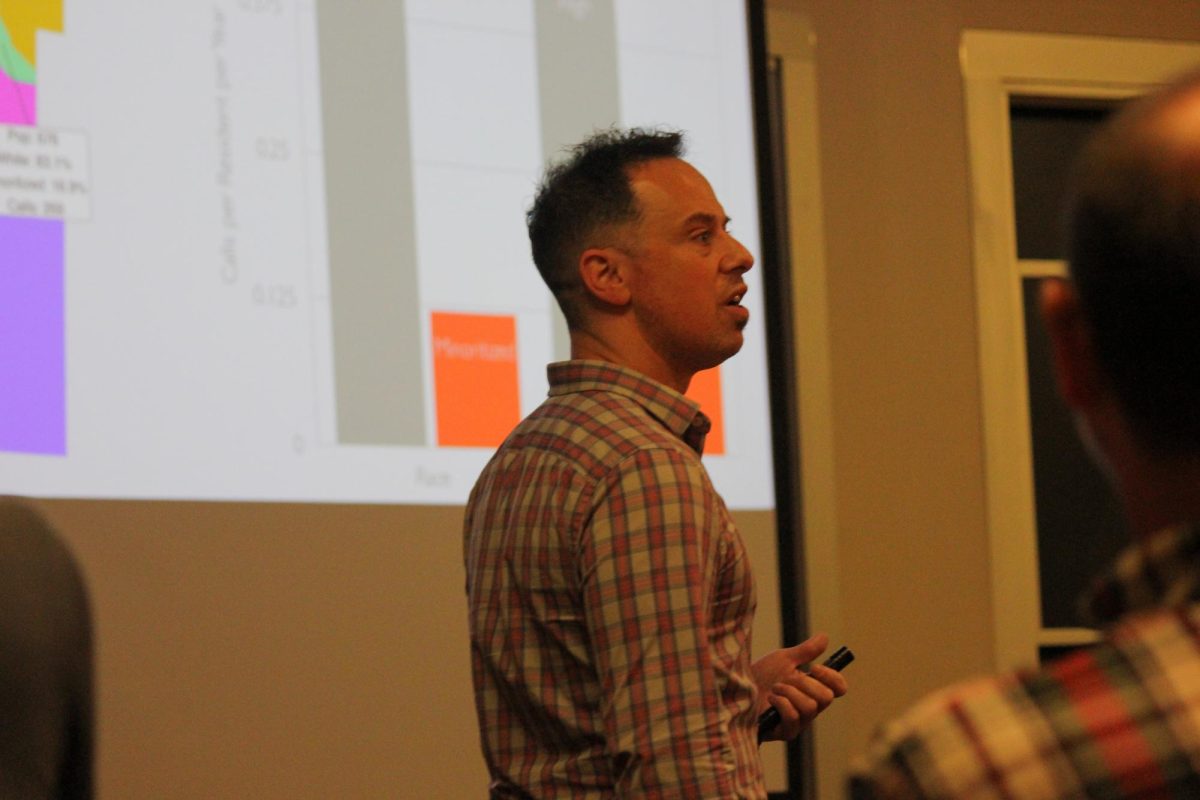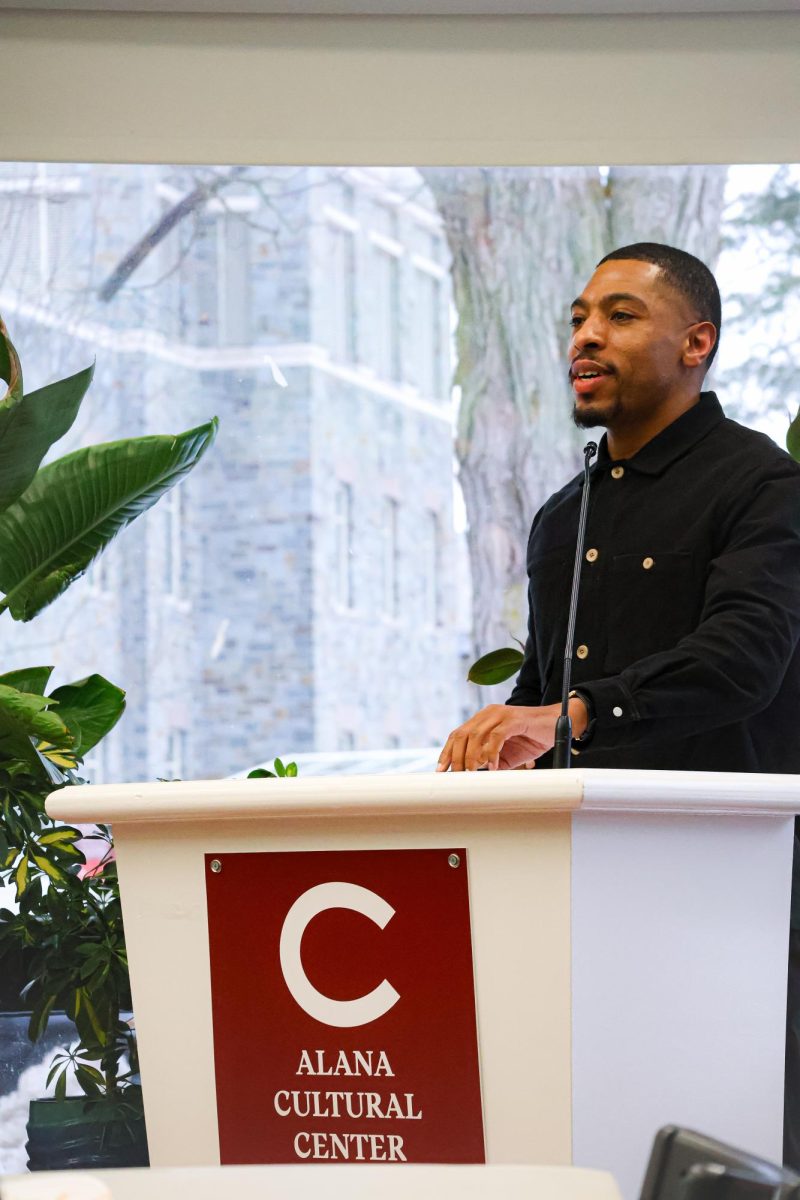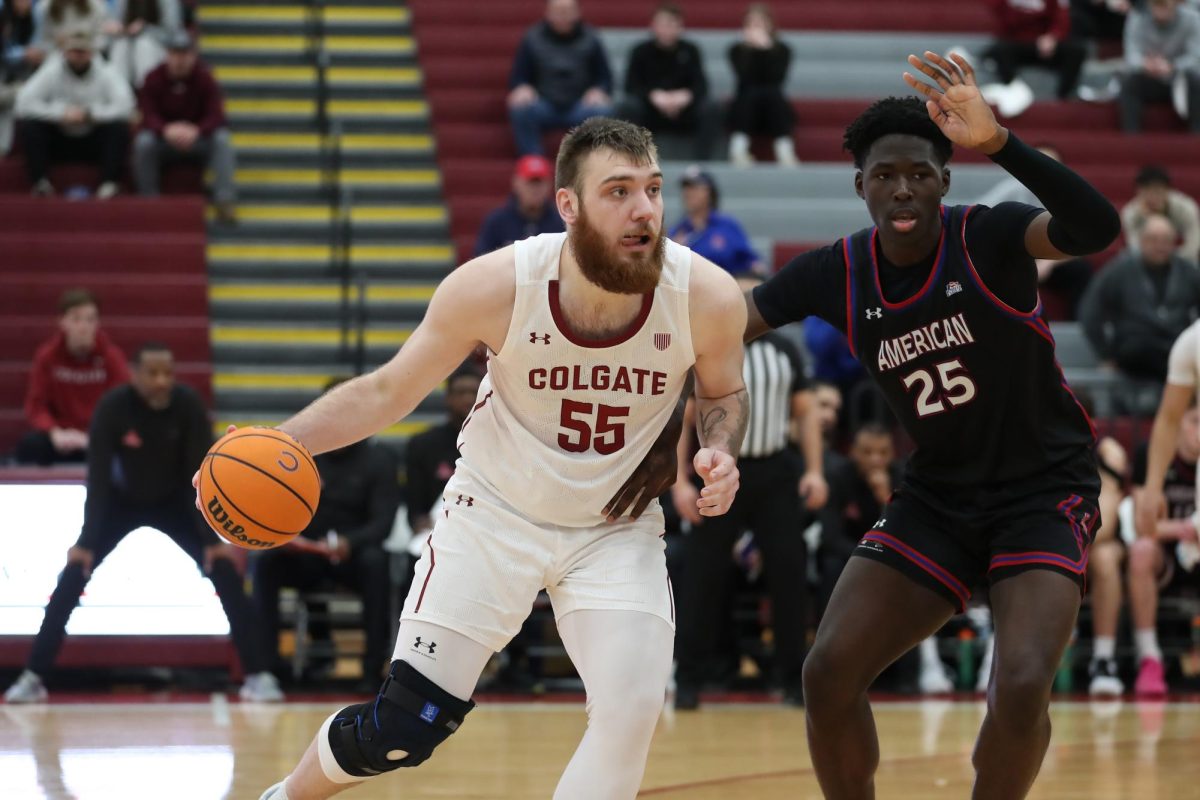The semester’s first NASC Colloquium, hosted by CORE Sciences, focused on the racial inequities in criminal and social justice spheres. Chad Higdon-Topaz, a professor of complex systems at Williams College, spoke at the event, titled “Quantitative Approaches to Criminal and Social Justice: Mitigating Inequity for Racially Minoritized Individuals.”
The colloquium was centered around the inequities that are rampant in today’s criminal justice system, whether that be in policing or criminal sentences. Higdon-Topaz and his team worked to gather data about the rates at which different demographics call the police. This exploration of the “concept of equal access to justice,” as Higdon-Topaz described, reflects the racial discrimination that is implemented in society.
Higdon-Topaz explained how his study showed that white people call the police at a rate that is four times as high as those who do not identify as white. Similarly, high-income families call the police at a rate that is three times as high as lower-income families.
“People who believe that the police are there to protect them feel more inclined to call the police,” Higdon-Topaz said.
The presentation expressed the importance of studies like Higdon-Topaz’s occurring in secluded areas such as Hamilton, as most studies about racial equity in the criminal justice system are centered around larger cities.
“What happens in small towns affects most people in this country, and it is getting almost no attention,” Higdon-Topaz said.
His team is working to create a “toolkit” for small-town civilians to become better equipped to handle situations of criminal injustices. This toolkit will include skills in assembling teams of activists and techniques for manipulating data. The goal of this idea is to promote small-town police accountability. First-year Edmond Nzivugira gave his thoughts on the importance of Higdon-Topaz’s work.
“This thing of racism and inequality in justice is a big problem and if someone is experiencing injustice and cannot seek help because of who they are, that’s not fair,” Nzivugira said.
Higdon-Topaz’s work also covered the injustice of racial bias relating to local and national judges, as well as the importance of holding judges accountable.
“They should be subject to a whole lot of scrutiny as public servants,” Higdon-Topaz said.
The team worked to navigate cases of racial injustices and attempted to track down the names of the judges in these cases. However, many vital data points are not freely available as they should be, according to Higdon-Topaz.
“We have the theoretical right to know when something happened, but we realistically cannot act on it,” Higdon-Topaz said.
In the cases they were trying to track, neither the name of the judge nor the docket number of the case were available. This means it was merely impossible to locate the details of the case, despite the constitutional right for access to this information granted to the general public.
“I feel angry that we had to do this in order to know public information. It’s ridiculous,” Higdon-Topaz said.
The presentation was informative and explicit in its message. The data and palpable sense of passion that Higdon-Topaz expressed intrigued the audience and opened the space up for thoughtful questions and discussion.
First-year Holly O’Brien explained what she learned from the colloquium.
“I left this talk with a lot more knowledge about policing, sentencing and how these things are affected by race, but I also left with big ideas on how math, one major I’m considering, can work towards social justice,” O’Brien said.
















Lisa Buzin • Jan 30, 2024 at 4:18 pm
Amazing work, Bella…so proud!
Love,
Ms. Buzin
Cristina S. • Oct 1, 2023 at 3:58 pm
Yay Bella!